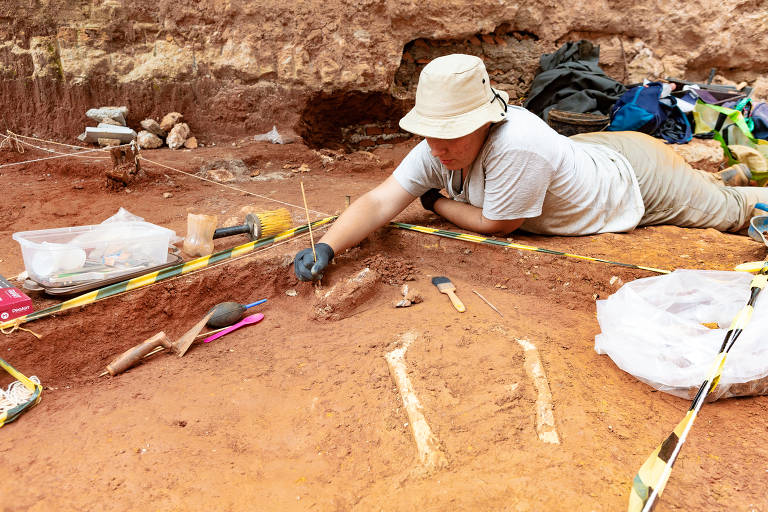A person who walks through the Liberdade neighborhood, in downtown São Paulo, and sees Japanese street lights and Asian symbols might be unaware that they are also stepping on a graveyard for African slaves and the poor. Archaeologists working on a site in the area have found, in the last few months alone, seven skeletons at least 150 years old.
A demolition at Rua Galvão Bueno was the starting point for the archaeological excavation that discovered the bones.
São Paulo state law says that any construction work that will tamper with the local urban underground needs to be accompanied by archaeologists. That was how the bones were found, in a previously undiscovered section of the old Cemetery of the Afflicted, which stood from 1775 to 1858, in the quadrangle formed by Galvão Bueno, Da Glória and Dos Estudantes streets with the Radial Leste highway.
'It [The greaveyard] was very close to the gallows," describes archaeologist Sónia Cunha. The gallows she mentions is where criminals and escaped slaves were put to death.
According to Cunha, the fact that the bones have no traces of attires or coffin nails shows that the bodies were of poor people. The fieldwork is almost over, but the archaeologists say by early 2019 they want to have already identified ages, ethnicities and possible diseases from the discovered human remains.
Translated by NATASHA MADOV
Read the article in the original language
